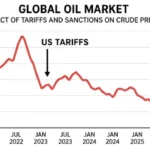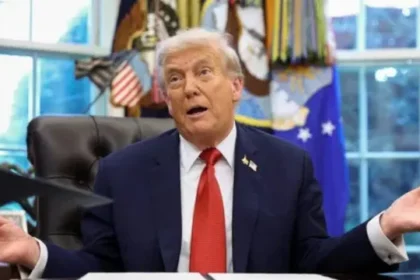The relations between India and the U.S. are under scrutiny once again. As U.S. President Donald Trump and his Indian counterpart enter the worst relationship between the two nations in history, the U.S. President comes to the White House to speak to the media on September 5, 2025. By this, he meant to calm the fears of the future of this strategic alliance as tariffs, the purchasing of energy, and geopolitical alignments get obscured over the horizon.
“I will be friends with Prime Minister Modi forever. He’s great, he’s a great leader. But I simply do not like what he is doing at this particular moment. India and the United States are in a special relationship. Nothing to fear. We only have moments at times”, Trump said in the Oval Office.
He said this following weeks of mounting trade tensions, a huge 50% tariff on Indian goods, and his own vocalized disapproval of the Indian action of buying discounted Russian oil. Trump even wrote on his social media Truth Social, that the United States had lost India and Russia to deepest, darkest China.
This person-government conflict of friendliness and hostility is the sum of the problems of Indian-U.S. relations nowadays. The two countries were also at loggerheads in the structure of energy security, trade policies, and international orientations, among other issues, which Trump has changed to show the world that he is friendly with Modi. The current crisis is then discussed in this paper, and the source of the crisis and the truth behind the pacifying of Trump is nothing to be worried about.
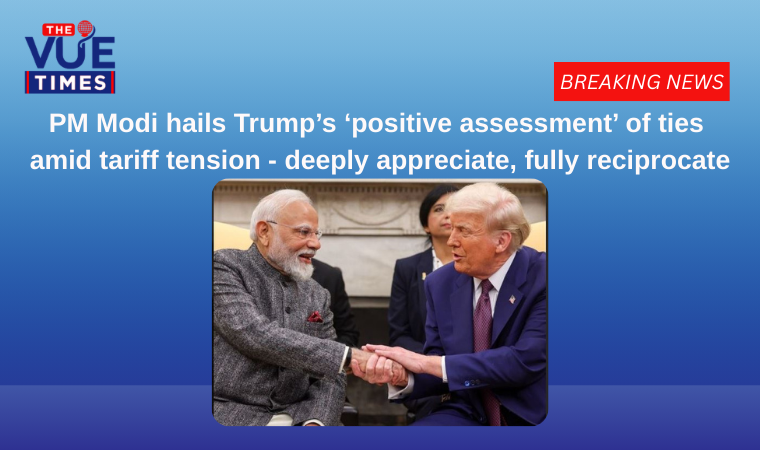
A Friendship Tested by Tariffs
Trade is at the core of the conflict. In January this year, the Trump administration announced a 50 percent tariff on Indian imports, referring to it as one of the highest tariff regimes in the world. The relocation immediately drew criticism not only in New Delhi but also in the U.S., where business lobbyists and legislators gave a blowback warning to American corporations that were dependent on the large Indian market.
By 2024, the United States will be trading over 200 billion in goods and services with India as its ninth-largest trading partner. Yet this strong association has been punctuated at various points with the entry of the market, taxation of digital, and exportation of agriculture. Trump has continually alleged unfair tariffs by India that have cost American jobs.
The Indian authorities respond by arguing that tariff policies are their self-defense mechanism and must protect the home industries in a developing economy. New Delhi also claims that Washington overlooks its own subsidies to American farmers and technology companies.
The 50% tariff that Trump has already put forth is not the only tariff that will impact Russia or oil, but another installment of the larger story of his campaign brand of economic nationalism, in which India is another actor equally exploiting American workers.
The next flashpoint: Russian oil.
India has also been irritated by the Russian energy imports. Since the war in Ukraine began in 2022, India has become one of the greatest crude buyers of Moscow due to the large discounts that often go up to nearly 30 percent compared to international prices.
This is frustrating to Washington. The Indian buys, according to Trump and his followers, as they assert, to help fund the war machine in Russia, and helps indirectly in the subversion of Western sanctions and the war being dragged on. Trump’s senior advisor on trade and manufacturing, Peter Navarro, publicly accused India of purchasing oil simply to make a profit and leaving American taxpayers to fund the defense of Ukraine.
On the Indian side, though, the calculation is practical. Its 1.4 billion population and fast-growing economy continue to worry about energy security. With the global price of oil pegged at about 85-90 per barrel, the Indian economy is saving billions of dollars annually due to the subsidized Russian oil. According to New Delhi, Europe, until recently, was among the biggest buyers of Russian energy, making the American criticism seem arbitrary.
It is not only the struggle over oil but a struggle of two worldviews. Washington sees energy in terms of geopolitics, whereas India prioritizes affordability and independence.
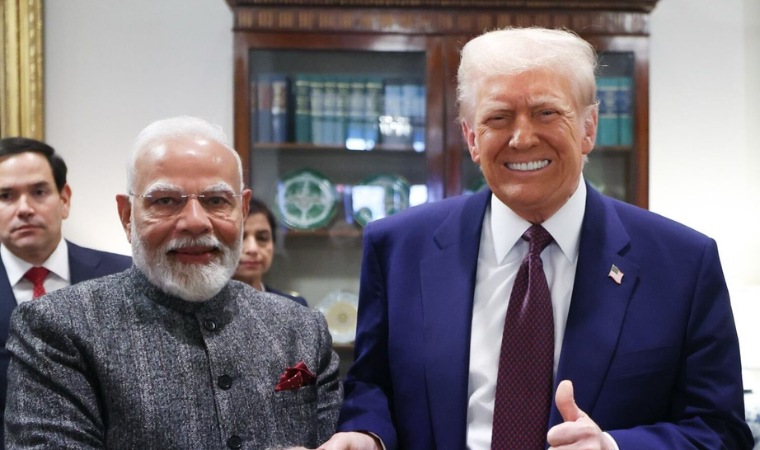
Trump’s Social Media Outburst: India, Russia, and China
To make the situation worse, Trump has recently trumpeted in Truth Social that the U.S had lost India and Russia to deepest, darkest China. He even posted a more recent picture of the incumbent president, Modi, standing together with the Russian President, Vladimir Putin, and the Chinese leader, Xi Jinping, at a summit of the Shanghai Cooperation Organization (SCO).
This was generally seen as an indication of U.S. disenchantment with India joining multilateral forums that encompass its enemies, China and Russia. In the case of New Delhi, the forums such as the SCO are a strategic requirement. India cannot risk overlooking regional blocs in which its rival (China) and long-time defense ally (Russia) dominate.
Meanwhile, Indian analysts have been quick to point out how much of the rhetoric used by Trump is often geared toward domestic consumption. As the 2025 U.S. presidential election approaches, depicting India as too close to China and Russia is something that appeals to his nationalist base that sees foreign trade and foreign relations through the prism of zero-sum logic.
The Trump-Modi Equation: Character, partisan division
Despite these policy contradictions, Trump proceeds to emphasize his own relationship with Modi. This is part of a repeating pattern in India-U.S. relations: despite the disagreement between the governments, leaders frequently have warm relationships.
Modi has developed good relations with Trump and his Democratic opponent, Joe Biden, over the last ten years. Trump, meanwhile, has repeatedly heaped praise upon the leadership of Modi and once called him the greatest Prime Minister that India has ever had. The two leaders made a notorious joint appearance in events such as Howdy, Modi! When the political capital of their relationship was on display in 2019 in Houston (2019) and in Ahmedabad (2020), massive crowds demonstrated.
Yet the interpersonal relationship may not be sufficiently healthy to override the structural differences. Tariffs, oil, and political relations never do it once, or they are an exception and an inseparable sore in the neck, which many a stretch of the bicep of the union will test most severely.
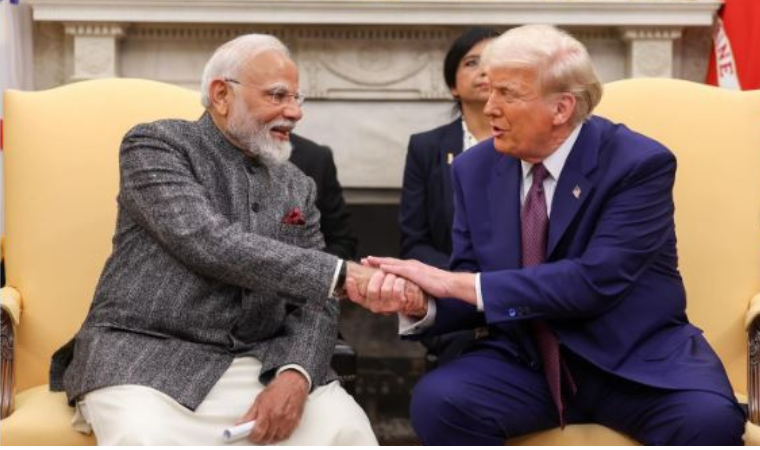
American Internal Voices of Concern
Surprisingly, Trump is not the only American voice that is hardline. The congressman Ronny Jackson had objected to the tariffs the administration was imposing on Indian, declaring that resetter and not a penalty of diplomacy. Silicon Valley and Wall Street business leaders, too, have sounded warning bells, noting that India is at the heart of the world’s supply chains, and still one of the biggest places the U.S. invests in.
Additionally, the Indian-American diaspora–with a current population of 4.6 million strong–remains extremely vital in influencing the opinion of people. Their electoral power in such states as Texas, California, and New Jersey implies that the Republicans and Democrats have reasons to preserve positive relationships with New Delhi.
India-U.S. Relations and Their Significance
In spite of the tensions, there are good reasons why neither of the sides can afford a long-term break:
- Counterbalance to China: The U.S. considers India to be a vital ally to its Indo-Pacific policy. With India gone, it becomes almost impossible to balance Chinese aggressiveness in the region.
- Defense Cooperation: India is a massive purchaser of US military gadgetry and has won contracts worth slightly above 20 billion over the last ten years. Cooperation is growing, both between drones and fighter jets.
- Technology and Innovation: The talent pool and consumer market in India is churning out is counting on the American technology giants Google, Apple, and Microsoft. At the same time, U.S. capital and partnerships are advantageous to Indian startups.
- Diaspora Diplomacy: And the Indian-American people fortify the cultural, political, and economic bridge to the point where the connection becomes to people-to-people relationship rather than to government relationship.
The Way Forward: Reset or Rethink?
The one question to pass by was whether Trump might be correct that nothing to worry about would be the case, or whether it would become a real reset. There are multiple possible situations:
- Tariff Negotiations: India, too, can give in to trade negotiations in the future, wherein India would permit market accessibility in some spheres owing to trade negotiations on tariffs.
- Energy Balancing: India can gradually bring its energy policy by buying less of the Russian and more of the U.S and Middle Eastern suppliers.
- Geopolitical Alignment: India will never become a treaty ally in the same way as members of NATO, but it may become more involved in Quad (along with the U.S., Japan, and Australia) to reassure Washington.
- Election Politics: Once the election cycle ends and Trump is reelected, pragmatism can take over, and he can cease to be rhetorically aggressive.
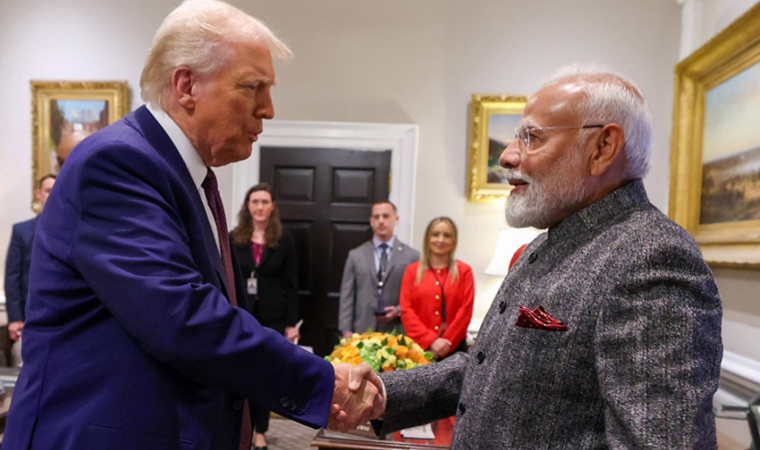
Conclusion
The weakness and strengths of the relations between India and the U.S. is revealed by the words of President Trump. One hand explains trade wars, energy wars, and geopolitical tensions as a picture of one of the most trying times in decades. On the one hand, the burst does not entirely comply with the strategic partnership requirements (long-term needs), with the economic relations and values of mutual democracy.
There are moments that India and the United States may share, but history tells us that those moments do not, in most instances, bring the partnership to its knees. Instead, they remind us that nothing is greater than the power that can be aided in linear and not swinging recalibration and adjustment of the changing realities.
Trump might not be fond of what Modi is doing, presently, he says, but the long-term logic of the India-U.S. relationship is that neither side can tarry. The tensions are already quite high, but the risk of a reset does not decrease either.





